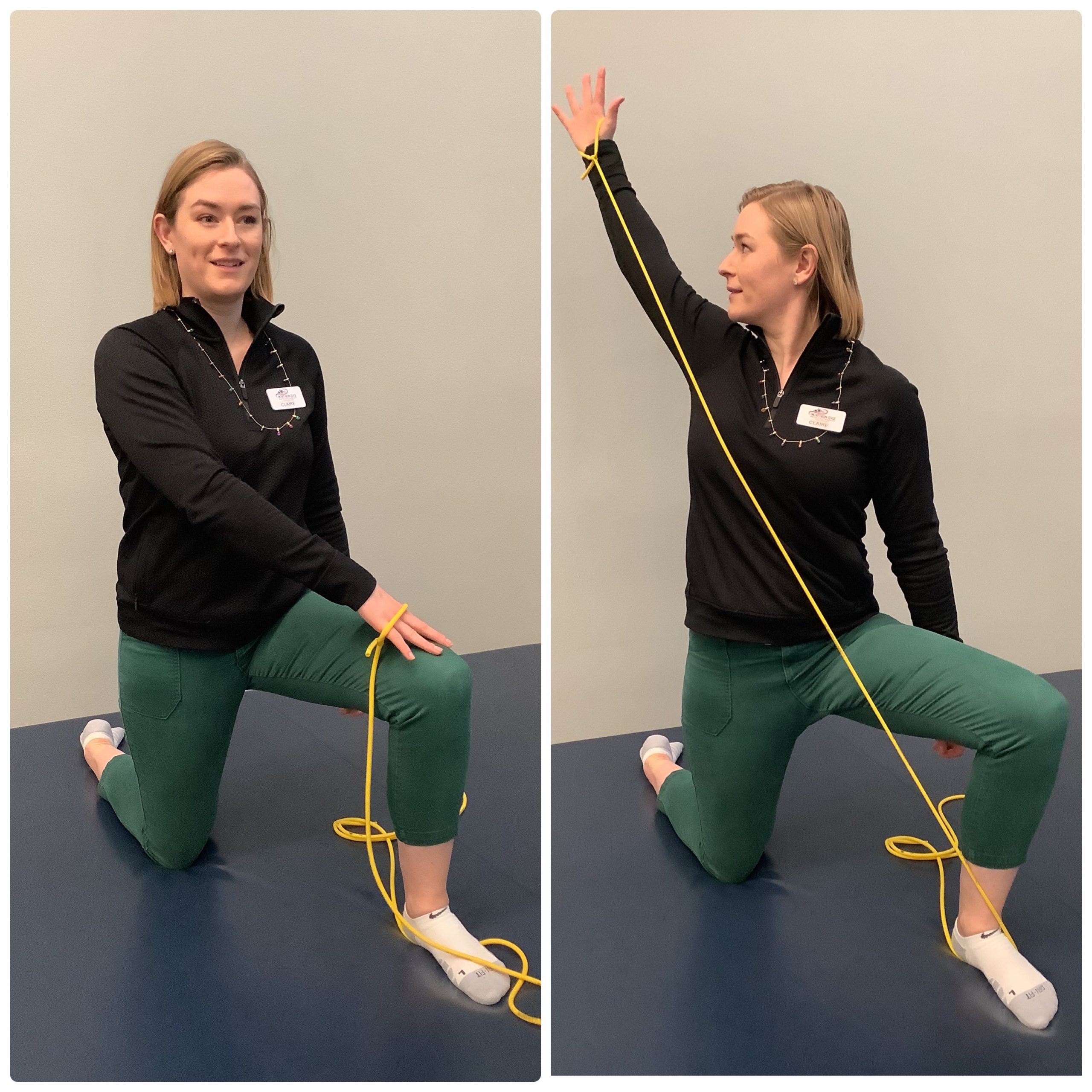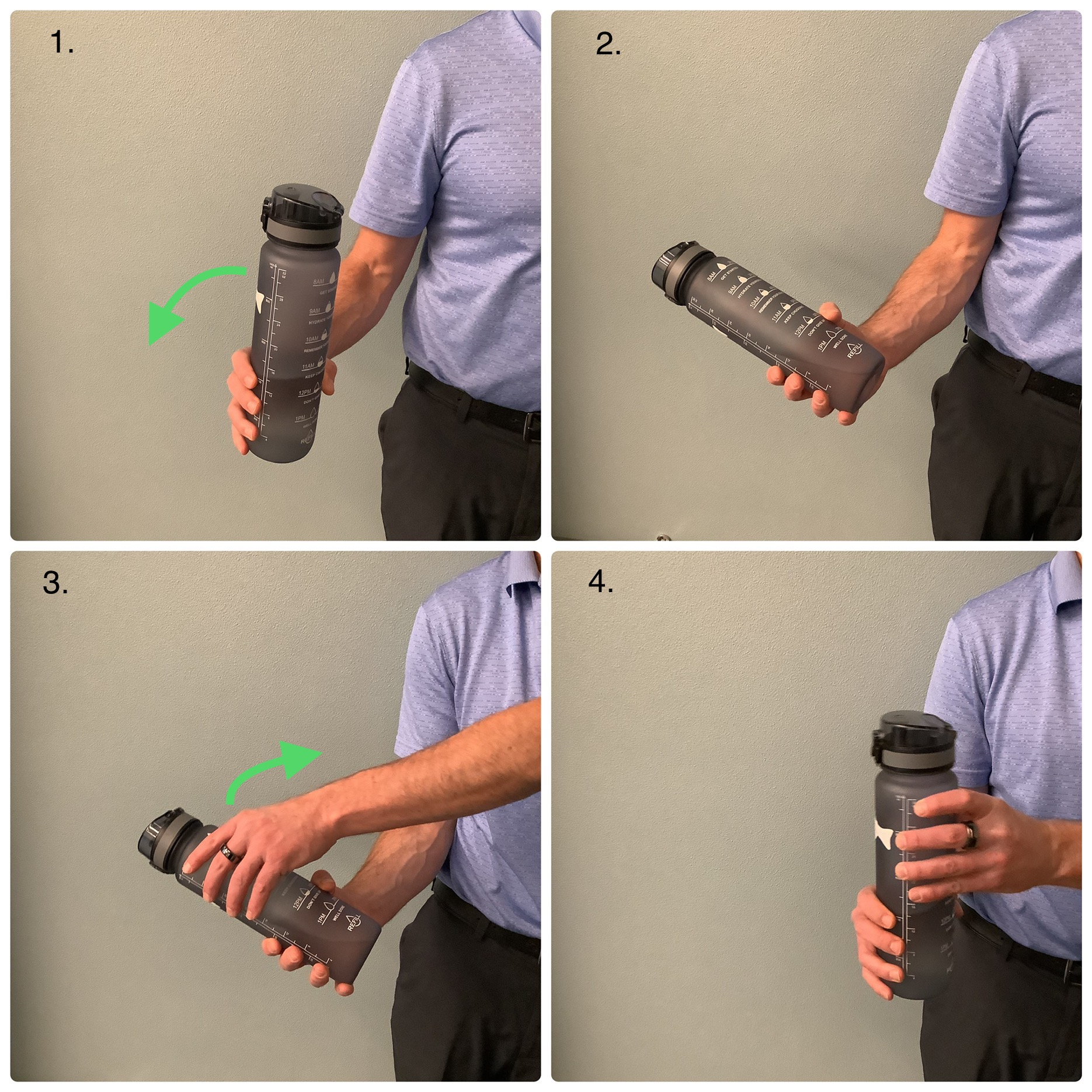Is it possible for all elbow pain to be caused by muscle tendonitis? It’s the most likely culprit since it easily explains the presence of pain at or near the elbow. Typically complaints of pain along the lateral elbow get tagged with tennis elbow while those with pain on the medial elbow are labeled golfer’s elbow. Trick question: What if you don’t play tennis or golf? What do you call a golfer with tennis elbow? Is pain really that easy to diagnose? My suspicion is that we are failing to appreciate the complex role of the elbow as an important segment in the movement system. Plus, I have been proven wrong before when I assumed that the pain and problems causing it are located at the same site.
Persistent elbow pain is nothing to make light of, it’s a serious problem for many people over the age of 30. Annual incidence is quite low (1-3% of adults) but it has the tendency to become chronic. Elbow pain can make simple tasks like typing or writing a painful chore. Sometimes pain can be so severe it causes the elbow to give-way during lifting making it difficult to perform manual work. In order to truly understand the cause of elbow pain it’s important to appreciate its role in the movement system.

Similar to the knee, the elbow is a hinge joint. Essentially, we can’t move our elbow without moving the joint above or below. Hinge joints are bending segments which rely on the smooth gliding of joint surfaces. Stability of the elbow from supporting ligaments and muscles is quite important since movement involves the gliding of 3 different bones. The elbow is a mobile lever which allows passage of all tissue and vessels as they travel from the shoulder girdle towards the hand. When we reach to lift a heavy load or strain to perform a strenuous task, the elbow is the joint caught in the middle of the maneuver. It is able to withstand serious loads and some of the most awkward positions simply due to it’s freedom of movement and stability. The challenge is when the elbow fails to support this load in a balanced fashion. Or perhaps a tissue like nerves or fascial chains traveling past the elbow are irritated or inflamed.
A competent and skilled evaluation of your elbow pain should involve a full upper quarter screening to rule out any joint instability or tissue inflammation in the upper extremity or neck. Instability and inflammation could easily refer pain to the elbow making the casual observer quick to blame the elbow when in fact the problem is actually caused by dysfunction in the neck or shoulder girdle. Remember when it comes to persistent elbow pain, the pain and the problem causing it are rarely at the same site.
As always, if your pain fails to follow a typical movement pattern or worsens with rest then it’s important to get a full medical evaluation.
Here’s a few tips to get the most out of your elbow hinges….
Tip 1: Sleep strategy
If you are a side sleeper, try lying on the non-painful side and place your affected arm on a pillow. Be aware that a common sign for nerve irritation is to find comfort with your arm resting overhead in bed.
Tip 2: Strong grip
Keep your grip strong to grasp and manipulate. If necessary, use some pipe insulation on tools to make it easier to grasp with a wide grip. Your grip strength could be an indicator of health. An article published in the BMJ found that grip strength of less than 57lbs (for men) and 35lb (for women) was associated with higher overall risk of disease.
Tip 3: Regular exercise
Weakness in the shoulder girdle is a common path for overload of the elbow. It’s important to exercise with novel movements and strengthen weak spots especially if your daily routine is sedentary.
Tip 4: Posture matters
The elbow is just one segment in a long vertical chain. Don’t leave your posture sense out of the activity. Rather than reaching awkwardly, get closer to the task. Instead of straining to push or pull, use a better tool. Don’t text by looking down, instead prop your phone at eye level while texting. Treat your body like you care for it.
Exercises which support the entire upper quarter



0 Comments